A little less than a month ago, the maverick team at Digital Eclipse surprised us with something truly special: A total remake of the very first Wizardry, known as Wizardry: Proving Grounds of the Mad Overlord. Not nearly enough people are talking about this game.
Wizardry was not the very first RPG. Among a handful of others that beat it to the punch, ASCII art RPG, Rogue (yes, where “roguelike” comes from) was released slightly ahead of it. But Wizardry, released in 1981 (and thus one of the few major properties in 2023 that’s older than me!), arguably did more to establish the conventions of the RPG than any other game. It was the first RPG to use colour graphics, and we see echoes of those wireframe dungeons in every dungeon crawler today, all the way to Etrian Odyssey and beyond. It was also the first RPG to have a party system, rather than casting you in the role of a single hero. Wizardry was also instrumental in getting the Japanese into the genre, and we would arguably not have Dragon Quest or Final Fantasy in the form we do were it not for Wizardry.
That’s why this remake is so important. It’s not just a well-loved game being thrown out to the market again to make some money from the nostalgic. This is a real and genuine piece of history to the art form. And, while the original is about as playable as trying to read Shakespeare in the English that it was written in (it’s effectively in a different language and thus impossible), by nailing the remake Digital Eclipse has given an entirely new generation (or even generations, this game is that old), an opportunity to actually experience it.
The team at Digital Eclipse has nailed it. Wizardry looks gorgeous in the dark fantasy aesthetic they have drawn for it, and the artists have brilliantly converted the wireframes and truly primitive sprites into something that looks very modern, while capturing the same atmosphere that was so engrossing back in the day. To remind people of where this game came from, there’s a little half-transparent square in the bottom right of the screen that shows you the original Wizardry. I personally would have liked the ability to simply switch between the two art styles, and perhaps that is coming (this game is still in Early Access, after all), but for now, Digital Eclipse has done a masterful job of ensuring that their all-new art style doesn’t overwhelm memories of the original game.
The developers have also made sure that it’s very playable by today’s standards, with controller support (indeed, the controller is the default way to play), as well as a clean menu system and item and spell descriptions that help you follow what you’re doing. The original Wizardry required some real patience and perseverance to navigate through, to the point that most people today simply wouldn’t bother giving it a chance, and while it’s the kind of thing that quickly fades into the background and out of notice, the expertise with which Digital Eclipse has crafted this UI system really does enhance the Wizardry experience.
While Digital Eclipse has done the right thing to modernise the aesthetics and UI so that it’s accessible and playable with our modern eyes and controller inputs, in other ways they’ve impressively resisted modernity. As far as I can tell, there’s no in-game mapping system. A map appears on the screen as you explore, but as soon as you leave the labyrinth and return, that map is wiped. And, so, you’re incentivised to grab a notebook of grid paper and pencil in your own map along the way. This was iconic to the Wizardry experience, and totally correct for the developers to retain it.
Digital Eclipse has also included the ability to turn that map off completely, as the most notable of a handful of “old-school” options, so don’t fear, dungeon cartographers! That experience really has been fully preserved!
The difficulty is still right up there, too. Having not dug deeply into the original Wizardry for many, many years, I can’t be sure if there aren’t some compromises made here and there to make it a little easier, but the developer note in-game says that the remake was built directly over the top of the Apple II original code, and there are no difficulty options, so I suspect this is the original, brutal, difficulty that you’re experiencing. Without trying to kick off a Dark Souls-like “easy mode” discussion, in this particular case the lack of difficulty options is warranted, I feel, since it’s preserving a quality that the original game was renowned for.
I am deeply disappointed that there isn’t more chatter about this game. Even beyond the lack of media chatter, it has fewer than 150 reviews on Steam. While it’s an Early Access game and so may well take off yet, Digital Eclipse as a game preservation outfit has done a brilliant and creative job in restoring one of the genre’s all-time masterpieces so that it’s playable in 2023. Thanks to this release, you do not have to be a 40-year-old oldie, with memories of this being relatively new as a young child, to appreciate Wizardry 1 in 2023, and that’s something special. Fingers crossed that the full release comes with console ports too!
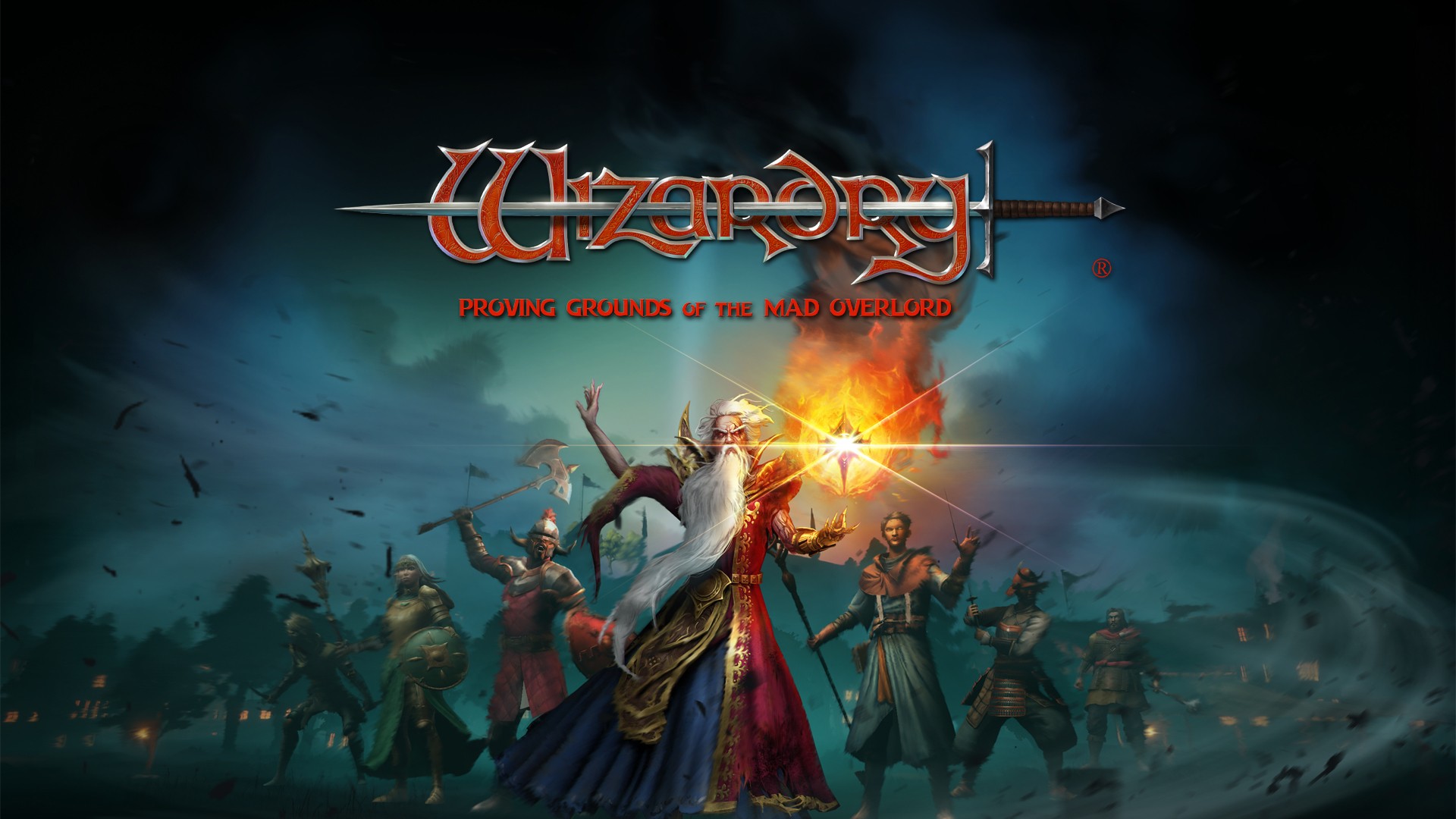

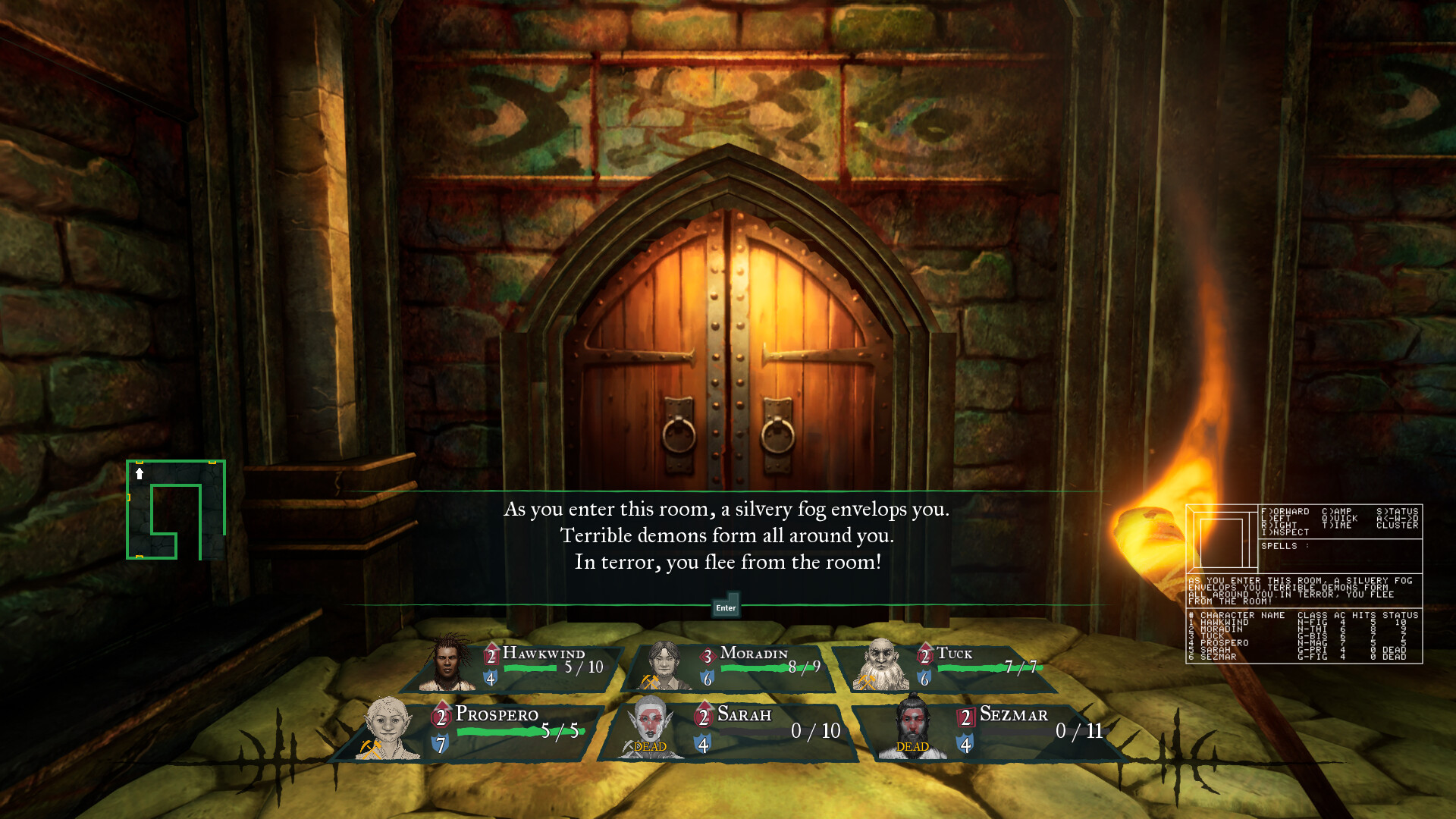
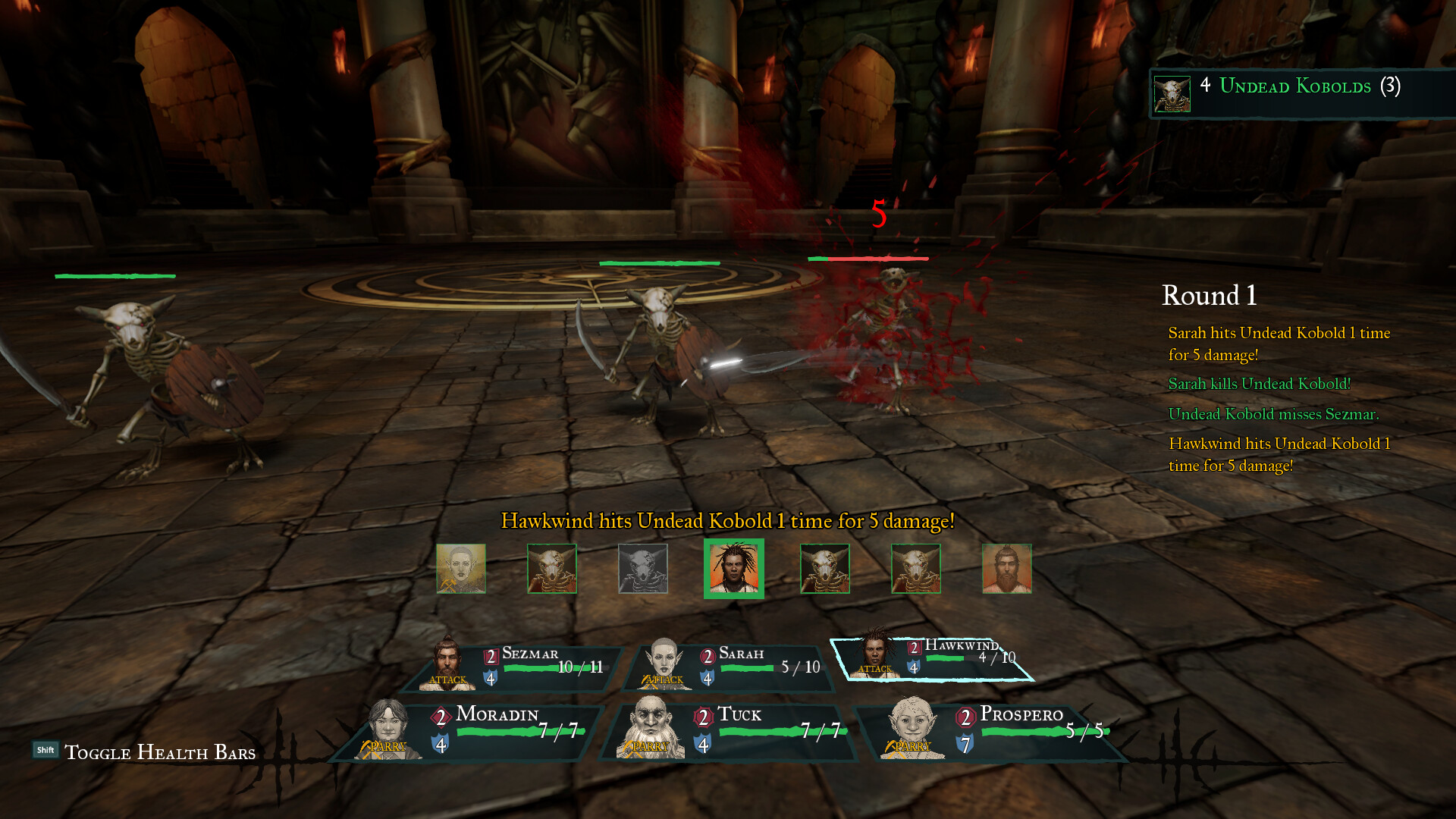




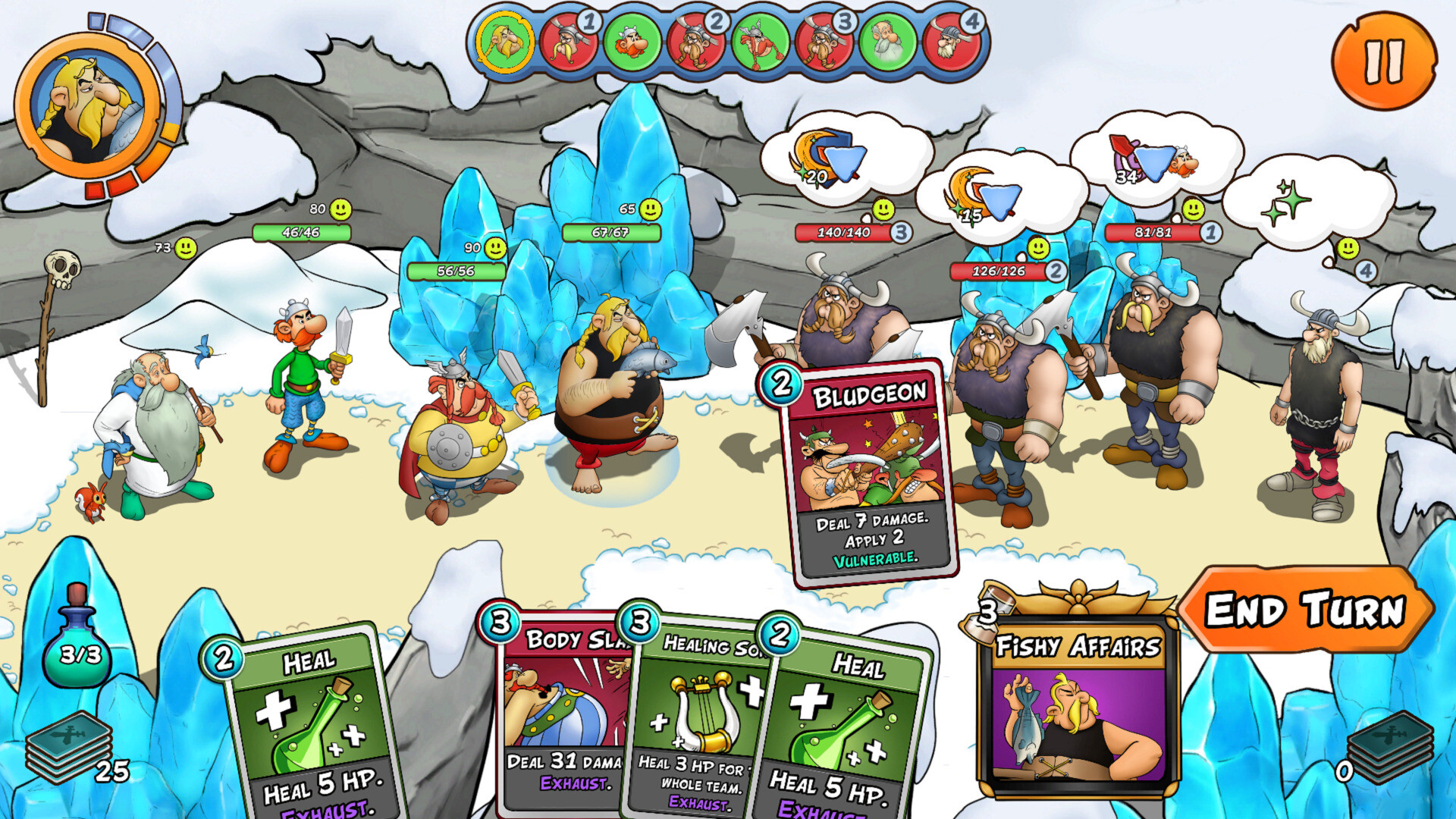
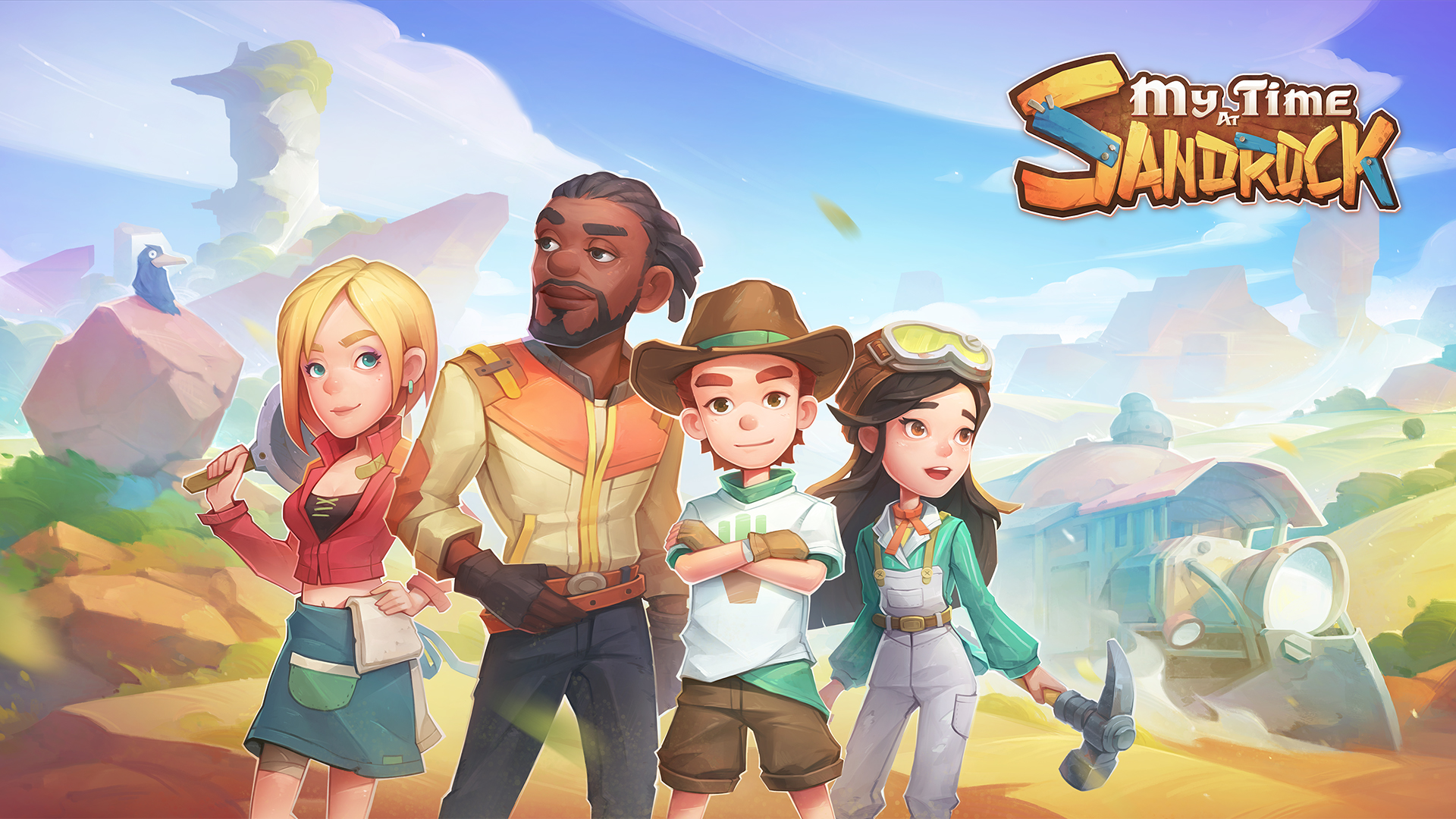



For the benefit of those who aren’t on the DDNet Discord, I’d also direct your attention to “Moonring” by Dene Carter, an ex-Bullfrog/Lionhead dev who worked on Dungeon Keeper and Fable, among other things. It’s completely free on Steam (and itch, I think?), and it’s effectively a new “First Age of Darkness”-era Ultima game. A nice companion piece to this.